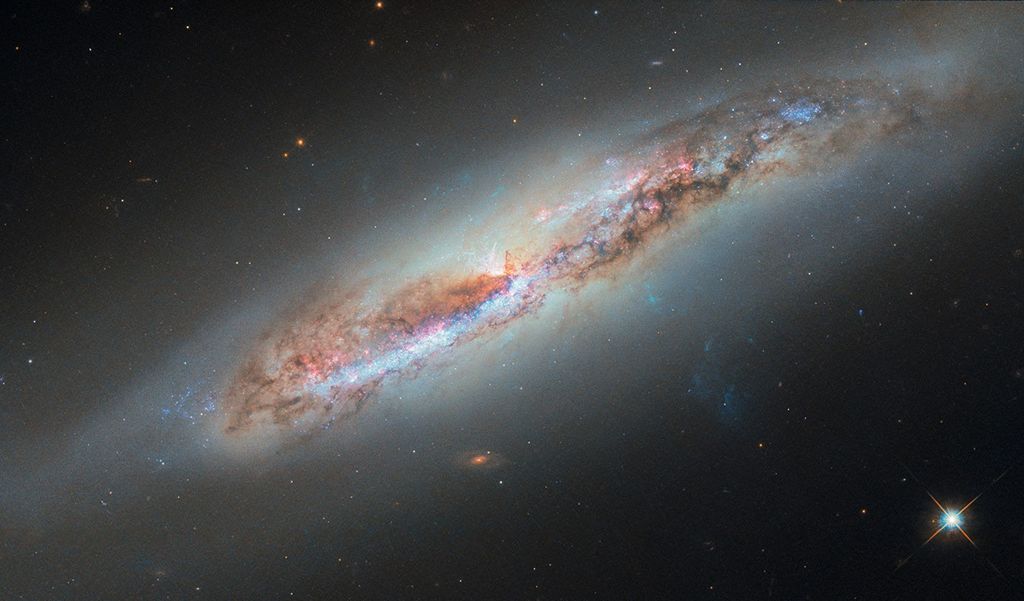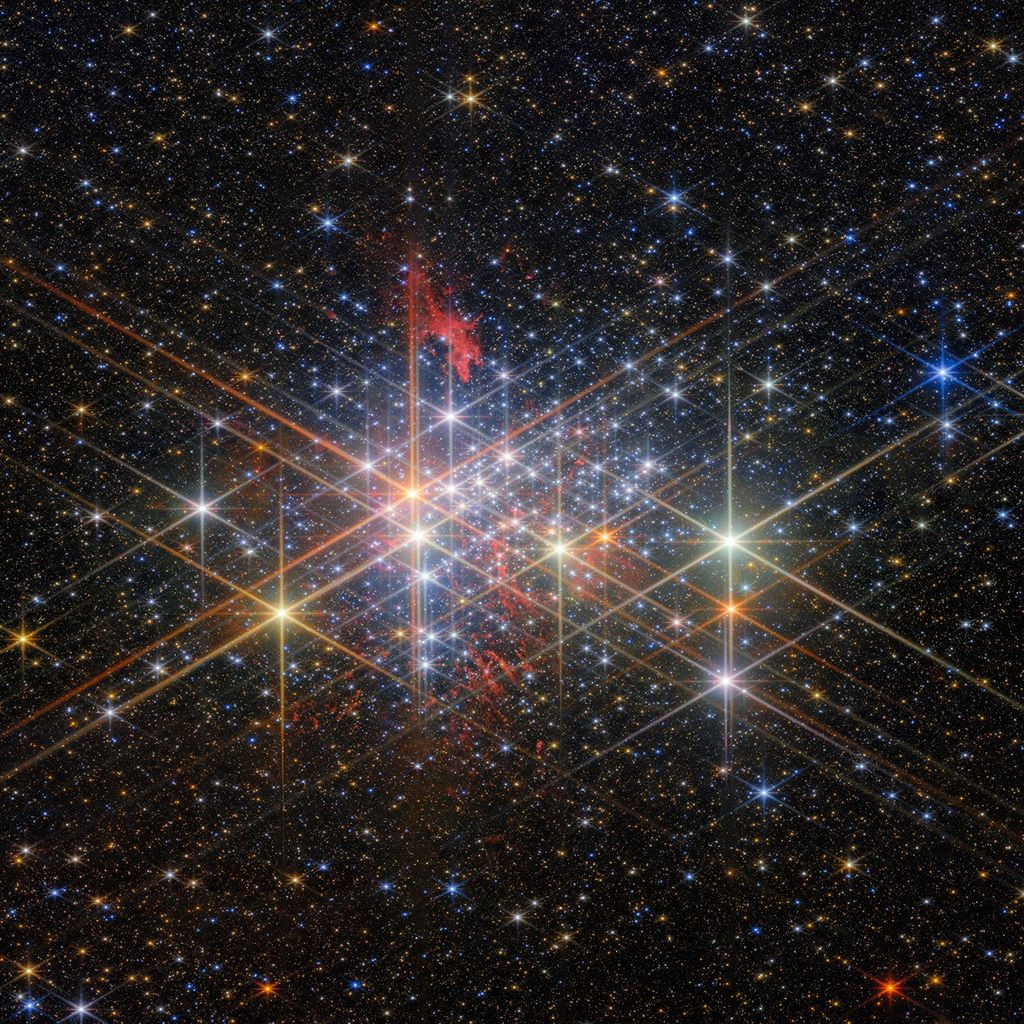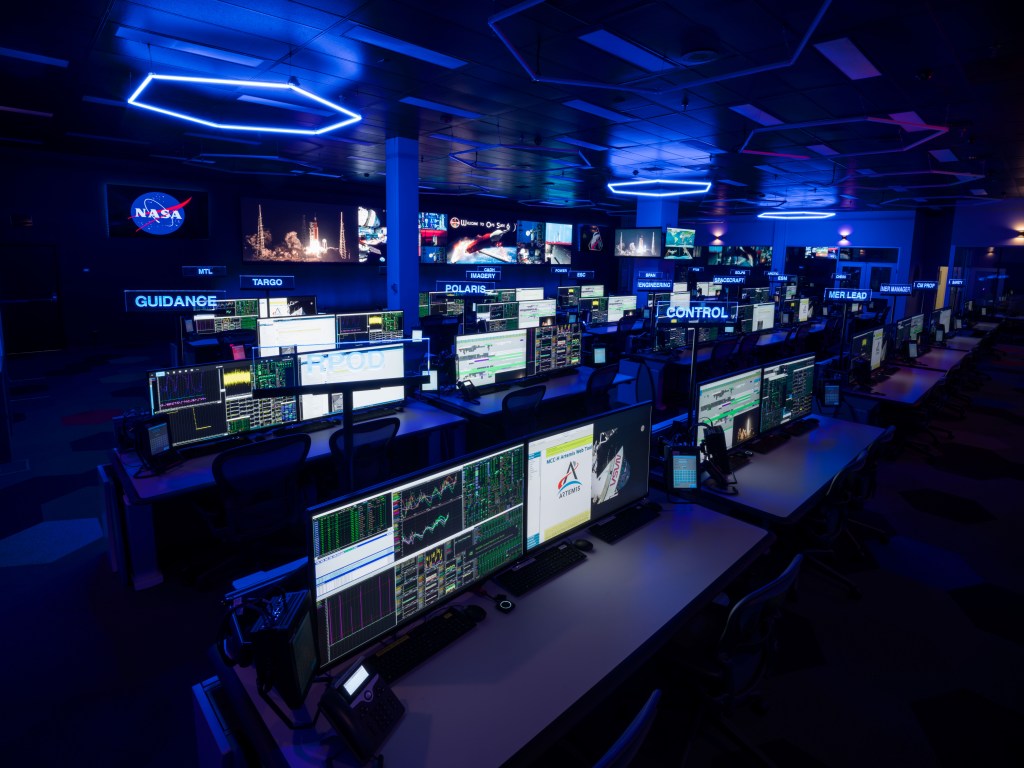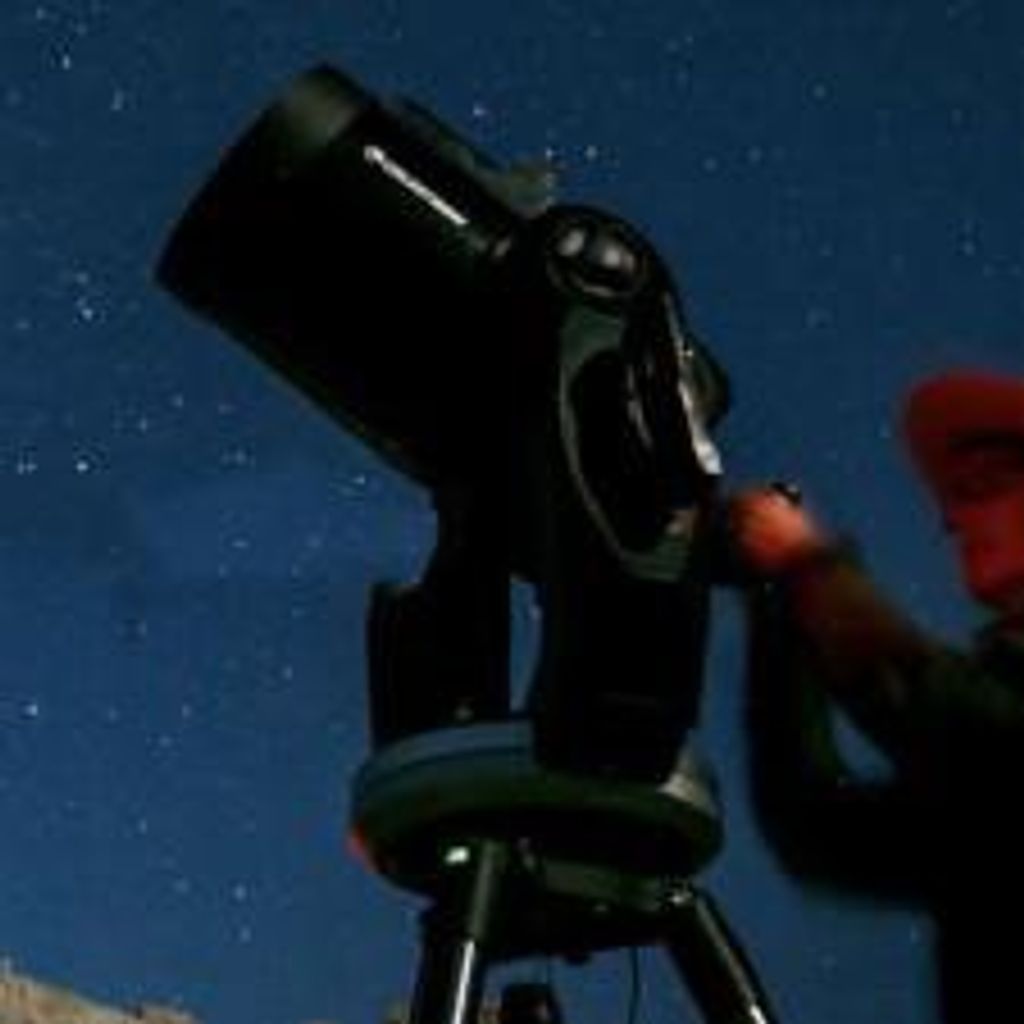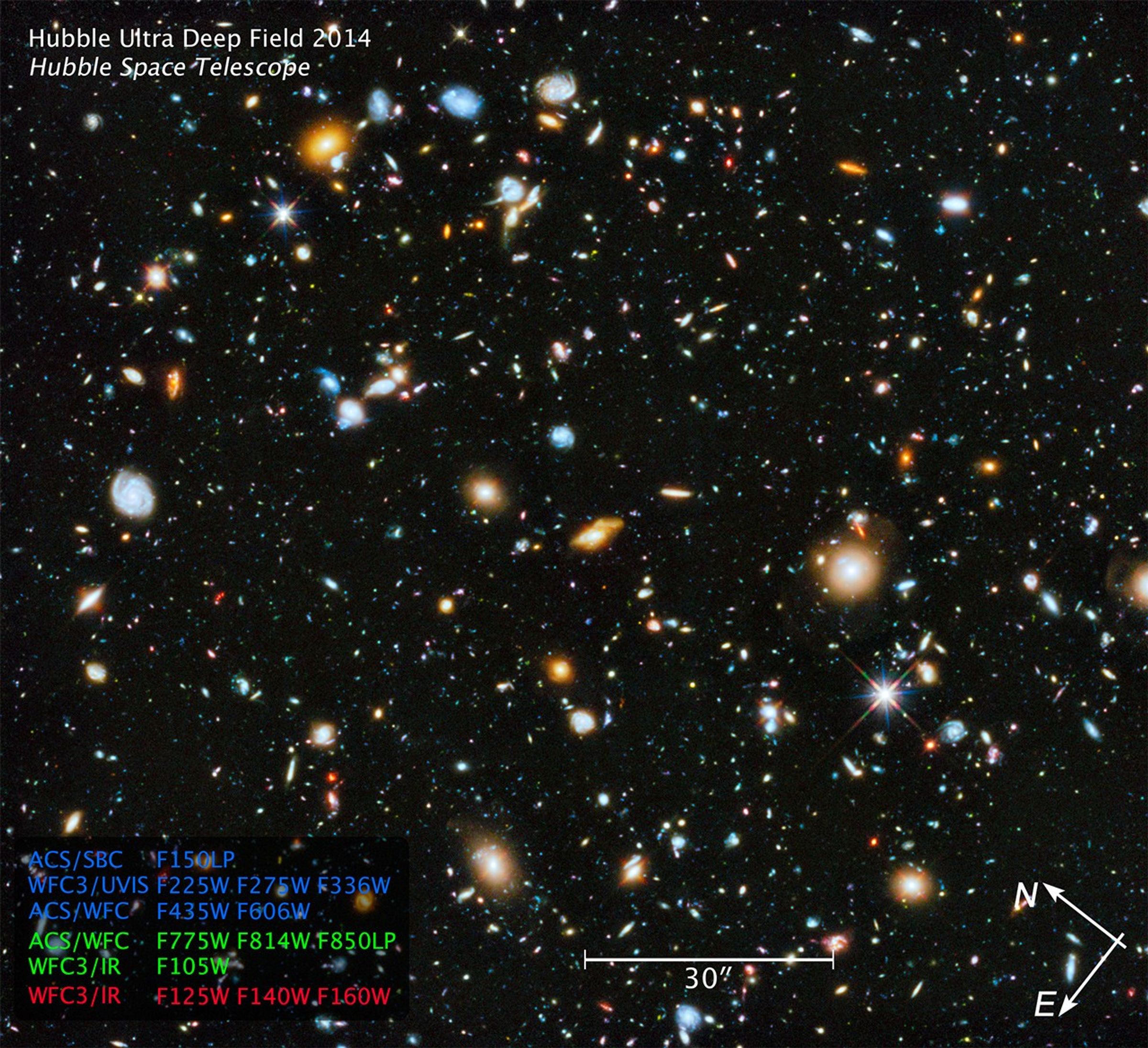1 min read
Hubble Ultra Deep Field 2014

Astronomers using NASA's Hubble Space Telescope have assembled a comprehensive picture of the evolving universe – among the most colorful deep space images ever captured by the 24-year-old telescope.
Researchers say the image, from a new study called the Ultraviolet Coverage of the Hubble Ultra Deep Field, provides the missing link in star formation. The Hubble Ultra Deep Field 2014 image is a composite of separate exposures taken in 2002 to 2012 with Hubble's Advanced Camera for Surveys and Wide Field Camera 3.
Astronomers previously studied the Hubble Ultra Deep Field (HUDF) in visible and near-infrared light in a series of images captured from 2003 to 2009. The HUDF shows a small section of space in the southern-hemisphere constellation Fornax. Now, using ultraviolet light, astronomers have combined the full range of colors available to Hubble, stretching all the way from ultraviolet to near-infrared light. The resulting image – made from 841 orbits of telescope viewing time – contains approximately 10,000 galaxies, extending back in time to within a few hundred million years of the big bang.
Prior to the Ultraviolet Coverage of the Hubble Ultra Deep Field study of the universe, astronomers were in a curious position. Missions such as NASA's Galaxy Evolution Explorer (GALEX) observatory, which operated from 2003 to 2013, provided significant knowledge of star formation in nearby galaxies. Using Hubble's near-infrared capability, researchers also studied star birth in the most distant galaxies, which appear to us in their most primitive stages due to the significant amount of time required for the light of distant stars to travel into a visible range. But for the period in between, when most of the stars in the universe were born – a distance extending from about 5 billion to 10 billion light-years – they did not have enough data.
"The lack of information from ultraviolet light made studying galaxies in the HUDF like trying to understand the history of families without knowing about the grade-school children," said principal investigator Harry Teplitz of Caltech in Pasadena, California. "The addition of the ultraviolet fills in this missing range."
Ultraviolet light comes from the hottest, largest, and youngest stars. By observing at these wavelengths, researchers get a direct look at which galaxies are forming stars and where the stars are forming within those galaxies.
Studying the ultraviolet images of galaxies in this intermediate time period enables astronomers to understand how galaxies grew in size by forming small collections of very hot stars. Because Earth's atmosphere filters most ultraviolet light, this work can only be accomplished with a space-based telescope.
"Ultraviolet surveys like this one using the unique capability of Hubble are incredibly important in planning for NASA's James Webb Space Telescope," said team member Rogier Windhorst of Arizona State University in Tempe. "Hubble provides an invaluable ultraviolet-light dataset that researchers will need to combine with infrared data from Webb. This is the first really deep ultraviolet image to show the power of that combination."
About the Object
- R.A. PositionR.A. PositionRight ascension – analogous to longitude – is one component of an object's position.03h 32m 38.99s
- Dec. PositionDec. PositionDeclination – analogous to latitude – is one component of an object's position.-27° 47' 29.04"
- ConstellationConstellationOne of 88 recognized regions of the celestial sphere in which the object appears.Fornax
About the Data
- Data DescriptionData DescriptionProposal: A description of the observations, their scientific justification, and the links to the data available in the science archive.
Science Team: The astronomers who planned the observations and analyzed the data. "PI" refers to the Principal Investigator.The image was created from Hubble data from the following proposals: 9352, 10189, 10340, 12099: A. Riess (STScI/JHU); 9425: M. Giavalisco (University of Massachusetts); 9488: K. Ratnatunga (Carnegie Mellon University); 9575: W. Sparks (STScI); 9793, 10530: S. Malhotra (Arizona State University); 9978, 10086: S. Beckwith (STScI); 10403: H. Teplitz (Caltech); 10258: C. Kretchmer (JHU); 11359: R. O'Connell (University of Virginia); 11563: G. Illingworth (University of California, Santa Cruz); 12060, 12061, 12062: S. Faber (University of California, Santa Cruz) and H. Ferguson (STScI); 12177: P. van Dokkum (Yale University); 12498: R. Ellis (Caltech); and 12534: H. Teplitz (Caltech). The science team comprises: H. Teplitz and M. Rafelski (IPAC/Caltech), P. Kurczynski (Rutgers University), N. Bond (NASA/Goddard Space Flight Center), E. Soto (Catholic University), N. Grogin and A. Koekemoer (STScI), H. Atek (École Polytechnique Fédérale de Lausanne, Switzerland), T. Brown and D. Coe (STScI), J. Colbert and Y. Dai (IPAC/Caltech), H. Ferguson (STScI), S. Finkelstein (University of Texas, Austin), J. Gardner (Goddard Space Flight Center), E. Gawiser (Rutgers University), M. Giavalisco (University of Massachusetts, Amherst), C. Gronwall (Penn State University), D. Hanish (IPAC/Caltech), K.-S. Lee (Purdue University), Z. Levay (STScI), D. De Mello (Catholic University), S. Ravindranath and R. Ryan (STScI), B. Siana (University of California, Riverside), C. Scarlata (University of Minnesota, Minneapolis), E. Voyer (CNRS, Marseille), and R. Windhorst (Arizona State University). - InstrumentInstrumentThe science instrument used to produce the data.HST>ACS/SBC, HST>WFC3/UVIS, HST>ACS/WFC, and HST>WFC3/IR
- Exposure DatesExposure DatesThe date(s) that the telescope made its observations and the total exposure time.July 2002 – September 2012, Exposure Time: ~600 hours
- FiltersFiltersThe camera filters that were used in the science observations.ACS/SBC: F150LP WFC3/UVIS: F225W (U), F275W (U), and F336W (U) ACS/WFC: F435W (B), F606W (V), F775W (I), F814W (I), and F850LP (z) WFC3/IR: F105W (Y), F125W (J), F140W (JH), and F160W (H)
- Object NameObject NameA name or catalog number that astronomers use to identify an astronomical object.Hubble Ultra Deep Field 2014 (HUDF 2014)
- Object DescriptionObject DescriptionThe type of astronomical object.Ultraviolet, Optical, and Infrared Survey
- Release DateJune 3, 2014
- Science ReleaseHubble Team Unveils Most Colorful View of Universe Captured by Space Telescope
- Credit

This image is a composite of separate exposures acquired by the ACS/SBC, ACS/WFC, WFC3/UVIS and WFC3/IR instruments. Several filters were used to sample various wavelengths. The color results from assigning different hues (colors) to each monochromatic (grayscale) image from the 13 different filters used by the four instruments grouped as follows: Blue: ACS/SBC F150LP, WFC3/UVIS F225W (U) + F275W (U) + F336W (U), ACS/WFC F435W (B) + F606W (V) + Green: ACS/WFCF775W (I) + F814W (I) + F850LP (z), WFC3/IR F105W (Y) Red: WFC3/IR F125W (J) + F140W (JH) + F160W (H)

Related Images & Videos
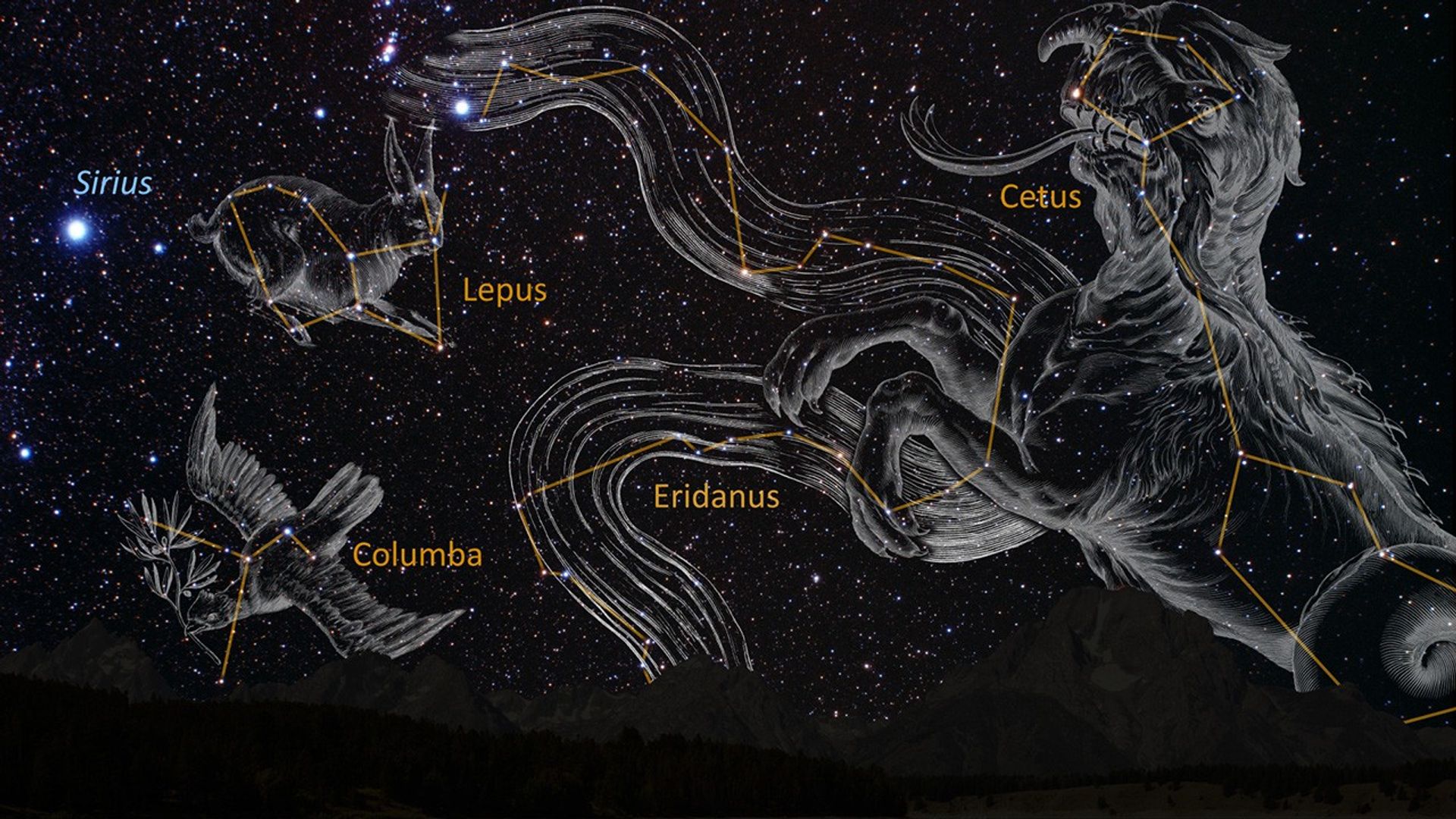
Hubble Unveils Its Most Colorful View of the Universe (Zoom and Pan)
This video is a zoom into a small patch of sky in the constellation Fornax. This is the target area for the Hubble Ultra Deep Field, which was first observed in 2003. The low density of bright foreground stars in this region of the heavens allows astronomers to clearly view...
Share
Details
Claire Andreoli
NASA’s Goddard Space Flight Center
Greenbelt, Maryland
claire.andreoli@nasa.gov

